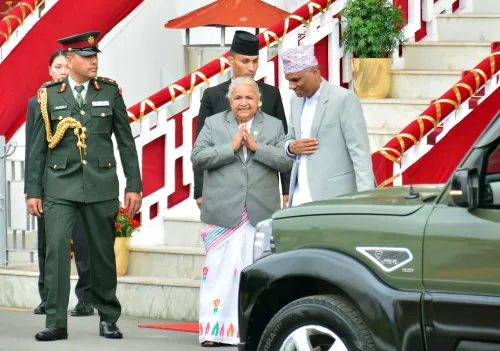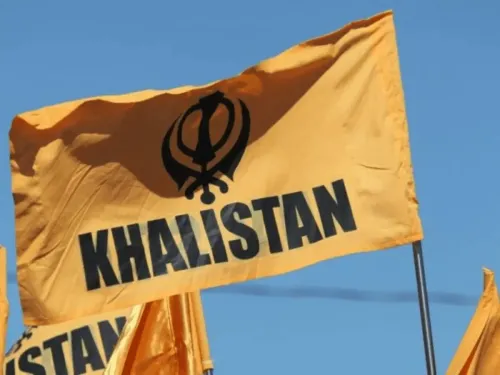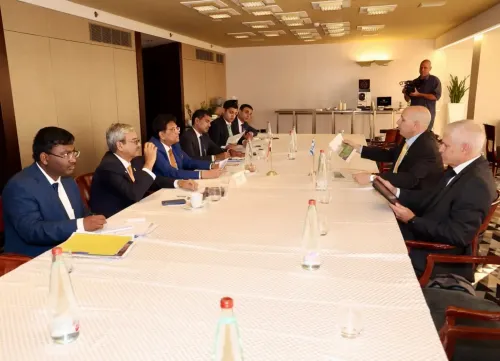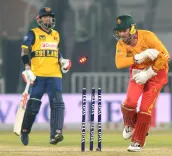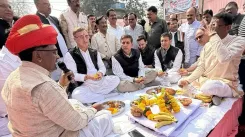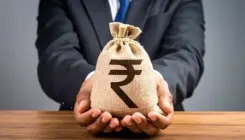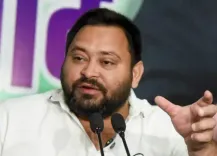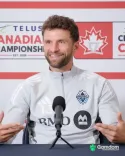Did European Leaders Commend Trump's Peace Initiatives During Meeting with Zelensky?
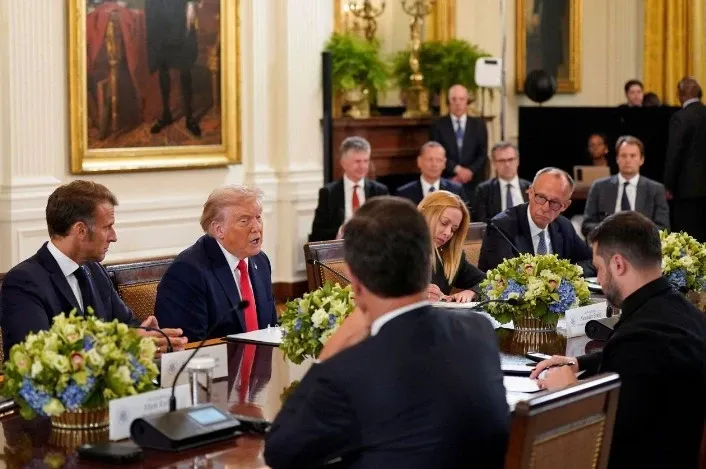
Synopsis
Key Takeaways
- European leaders praised President Trump's efforts in fostering dialogue for peace.
- Security guarantees for Ukraine are a central topic of discussion.
- NATO Article 5 emphasizes collective defense among allies.
- Progress in negotiations has been noted by leaders, suggesting a potential breakthrough.
- A trilateral meeting involving Trump, Zelensky, and Putin is anticipated.
Washington, Aug 19 (NationPress) European leaders applauded President Donald Trump for welcoming them and Ukrainian President Volodymyr Zelensky at the White House on Monday afternoon, playing a crucial role in advocating for a resolution to the conflict in Ukraine.
Earlier that day, Trump assured Zelensky of providing Ukraine with "excellent protection and security" when discussing security assurances, a primary request from Zelensky necessary for a potential agreement to conclude the hostilities with Russia.
Among the European leaders present were UK Prime Minister Keir Starmer, French President Emmanuel Macron, Italian Prime Minister Giorgia Meloni, European Commission President Ursula von der Leyen, German Chancellor Friedrich Merz, Finnish President Alexander Stubb, and NATO Secretary-General Mark Rutte.
A private meeting involving Trump, Zelensky, and the European leaders commenced just before 3:30 p.m. EDT.
Prime Minister Starmer remarked that discussions with Trump could represent a "landmark step" for the security of Ukraine and Europe.
"Today could mark a significant progression, potentially a historic moment for the security of Ukraine and Europe," Starmer stated during the gathering.
The British leader noted that Trump's proposal of "Article-5 style" security assurances aligns with the efforts of the "Coalition of the Willing"—Ukraine's primary European allies—over recent months.
He added that the coalition is "ready to rise to the challenge" in safeguarding Ukraine's security.
NATO Article 5 refers to the “collective defense” provision of the alliance's treaty, which asserts that an assault on one is regarded as an assault on all allies, prompting collective action.
Trump has previously been skeptical regarding Kyiv's repeated calls for security guarantees, which aim to ensure that Russia honors a ceasefire or refrains from resuming its offensive in Ukraine in the coming years.
The President indicated his intent to reconvene with the European leaders in the Oval Office before their departure on Monday, an addition to the agenda attributed by a White House official to the notion that "everything is progressing positively".
Trump's meeting with Zelensky and the European leaders took place in the East Room of the White House on Monday afternoon.
Earlier on Monday, Trump expressed to Zelensky his commitment to providing Ukraine with "excellent protection and security" regarding security guarantees—an essential demand from Zelensky linked to a potential peace deal with Russia.
The European leaders present included Prime Minister Keir Starmer, President Emmanuel Macron, Prime Minister Giorgia Meloni, President Ursula von der Leyen, Chancellor Friedrich Merz, President Alexander Stubb, and Secretary-General Mark Rutte.
A closed-door meeting featuring Trump, Zelensky, and the European leaders began shortly before 3:30 p.m. EDT.
President Alexander Stubb commended Trump for advancements in discussions aimed at resolving Russia's war in Ukraine.
"In the past two weeks, we've likely seen more progress toward ending this war than in the last three and a half years," he remarked, highlighting the significance of leaders convening to deliberate on security guarantees for Ukraine.
Stubb also reminded listeners that Finland shares an extensive border with Russia, exceeding 800 miles, and acknowledged the two nations' historical ties, noting that Finland was an autonomous part of the Russian Empire from 1809 to 1917.
Finland joined NATO in April 2023, following Russia's invasion of Ukraine in 2022, which prompted the previously non-aligned nation to seek refuge within the US-led alliance.
Chancellor Merz stated that "the path is clear" for more earnest negotiations regarding the conflict between Russia and Ukraine during the meeting with Trump and Zelensky at the White House.
Merz noted that Trump paved the way for these discussions following his meeting with Russian President Vladimir Putin in Alaska on Friday.
"Now the way is paved for intricate negotiations," he stated.
Merz reiterated the desire of European leaders for a ceasefire to precede further discussions.
"I can't envision the next meeting occurring without a ceasefire," he asserted. "So let's focus on that."
NATO Secretary-General Mark Rutte characterized Trump's offer of security guarantees for Ukraine as a "significant breakthrough" in achieving a potential peace agreement for Ukraine.
"Your willingness to engage in security guarantees represents a substantial step, a genuine breakthrough, making a considerable difference. Thank you for that," Rutte expressed to Trump during a multilateral meeting with Zelensky and European leaders at the White House.
Earlier on Monday in the Oval Office with Zelensky, Trump did not outright dismiss the possibility of sending US troops to Ukraine to help uphold a potential peace agreement.
"We will inform you about that, possibly later today," Trump mentioned.
Rutte expressed gratitude to the American President for "breaking the impasse" and successfully encouraging President Putin to engage in peace talks.
As President Trump aims for a tripartite meeting involving himself, President Putin, and Zelensky, President Macron proposed the inclusion of a European leader in the discussions.
"I believe we might require a quadrilateral meeting moving forward. When discussing security assurances, we are addressing the entire security of the European continent," he stated.
It appears unlikely that Trump will embrace this notion soon, as he concentrates on concluding the conflict.
However, Macron's suggestion underscores the high stakes not only for Ukraine in Monday's discussions but also for the entire European region.
President Trump emerged in front of cameras at the White House with Zelensky and European leaders, where they stood silently in line for a photograph.
Trump was positioned centrally, flanked by Zelensky and President Emmanuel Macron, after which they convened for a multilateral meeting in the East Room.
The US President mentioned that he contacted President Putin after his discussions with Zelensky and the European leaders, indicating that he has "initiated arrangements" for a meeting between the leaders of the two conflicting nations.
Trump also paused his meeting with Zelensky and the European leaders to converse with Putin, as reported by CNN, indicating that the European officials were not present for this dialogue.
In a Truth Social post on Monday, the US President noted that the meeting's location has yet to be determined and stated that following the proposed gathering between Zelensky and Putin, he plans to join the two Presidents for a trilateral meeting.
Trump expressed to the European leaders at the White House on Monday afternoon that he would propose the idea of a trilateral meeting to Putin, who has indicated he would only meet with Zelensky after the specifics of a peace agreement are finalized.
The US President, initially suggesting "we may or may not have a trilateral meeting," later clarified that it is a matter of "when, not if" he will convene with Putin and Zelensky, adding, "I believe if we hold a trilateral meeting, there is a substantial chance of possibly concluding the conflict."
Trump anticipates that Putin will release over 1,000 Ukrainian prisoners following the trilateral meeting, although as of Monday afternoon, Russia has not yet confirmed the meeting.

